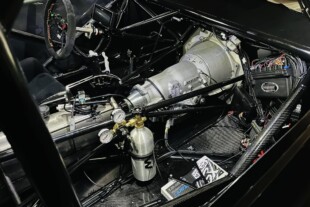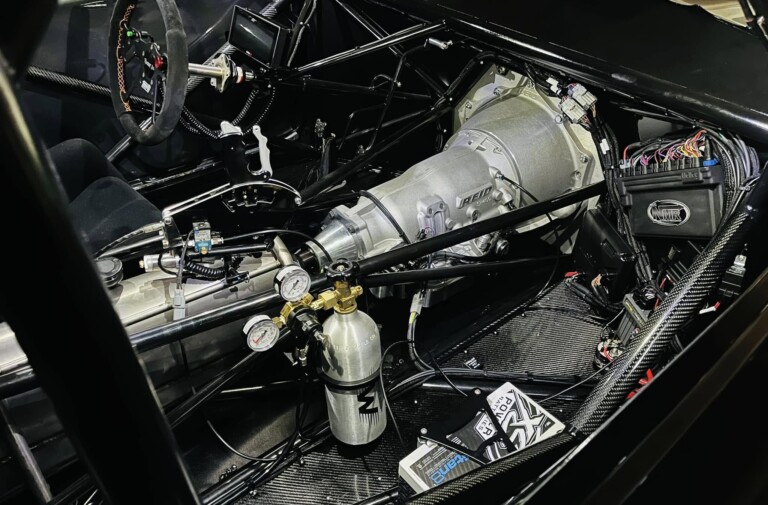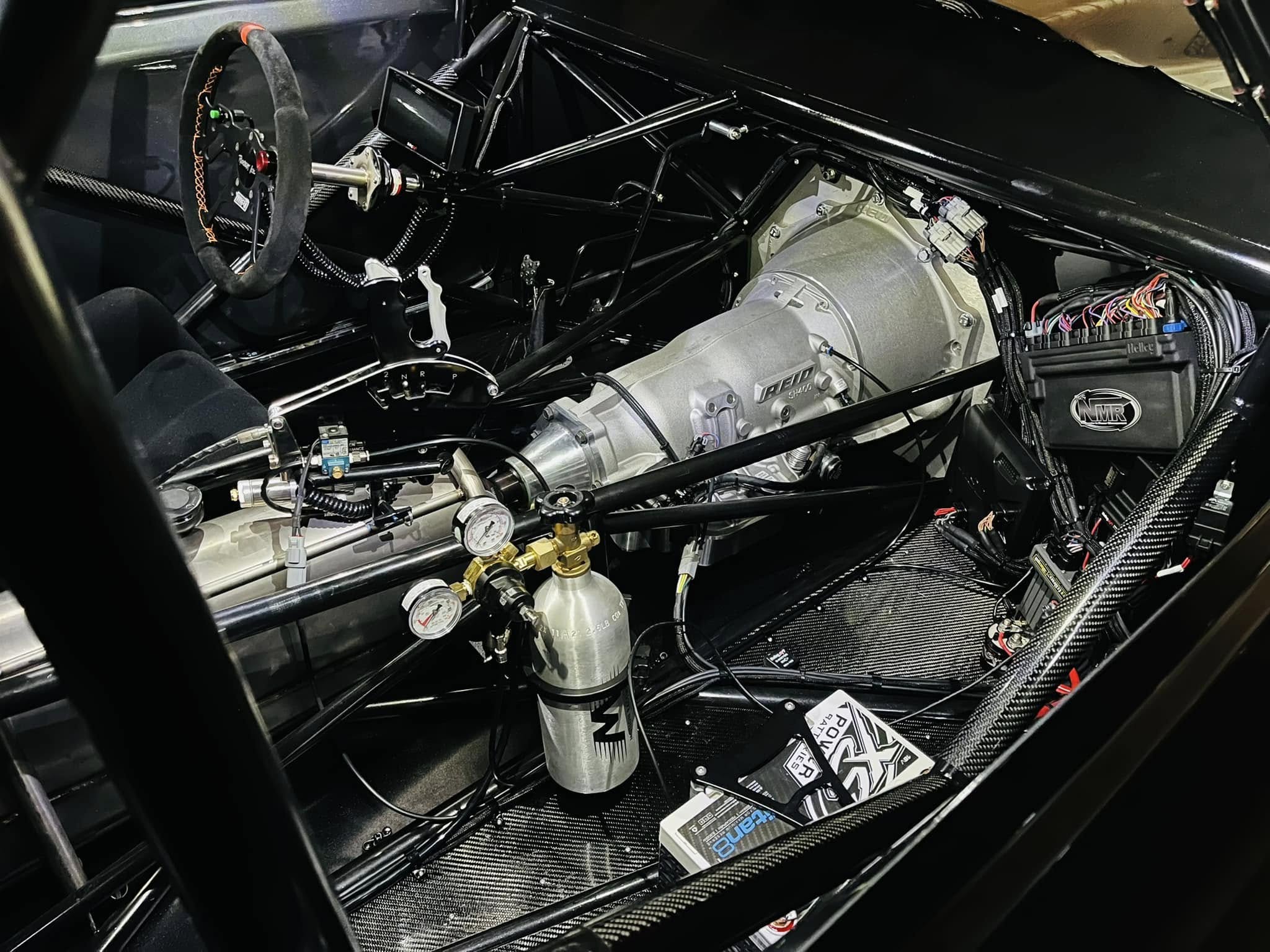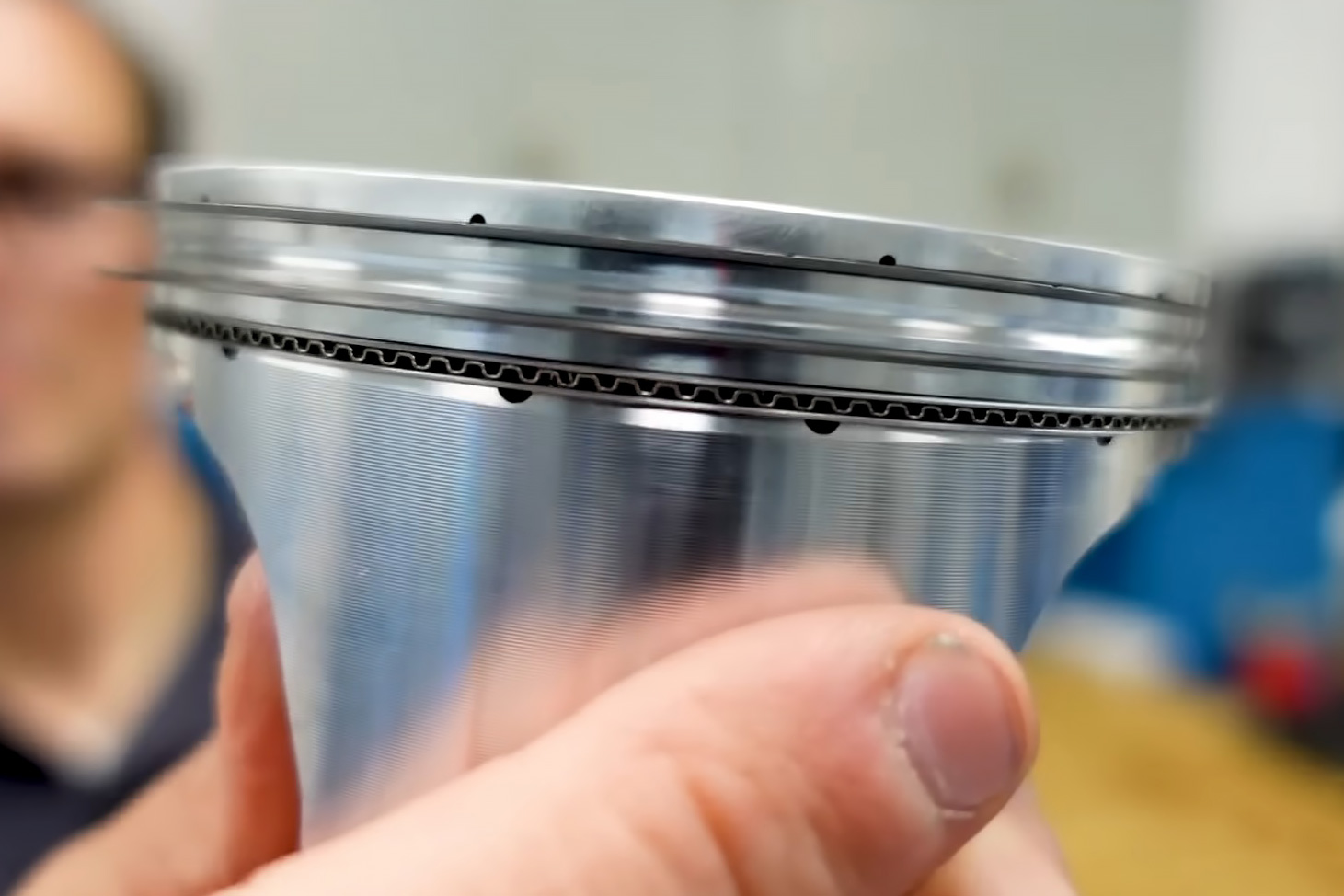Who doesn’t love a fabrication video? This one comes to us from our friends at Peterson Fluid Systems, where they make tanks, containers, and reservoirs for pretty much every fluid that is used in an automotive application. Fabricating a tank may seem like a task that falls on the easier end of the spectrum, but the skilled craftsmen at Peterson simply make it look easy.
Using an array of fabrication machines and techniques, a significant amount of effort goes into crafting one of these tanks. From the forming of the aluminum cylinders into the complex bottlenecked final shapes, to using hole saws intersecting the cylinders at angles other than 90 degrees in order to make complex oval shapes, the geometries of which have been thoroughly calculated ahead of time, in order to turn out highly complex, highly efficient tank designs.
Of course, the most visible pieces of craftsmanship on a fabricated aluminum tank are the welds. As much art as it is science, TIG welding aluminum is no simple task. In addition to needing to be structurally sound, and fluid-tight (literally) the welds need to have that traditional “stack of dimes” appearance that everyone loves, and customers demand.
Laying a solid, aesthetically pleasing bead is difficult enough in a straight line, but with the different and often complex bung shapes and locations, the level of difficulty is exponentially increased. With the usage these tanks will see, there is no room for error, and to make sure there is none, you can see the team pressure-testing and checking all the welds for leaks before the dry-sump gets a final wipe down and has the Peterson name attached to it.

One of the more intricate parts of fabrication that separates the pros from the amateurs, is creating complex cutout geometries. By running the holesaw offset from the centerline of the cylinder, an intricate teardrop shape is created. That shape will also be substantially more difficult to weld than just a standard circle.

















